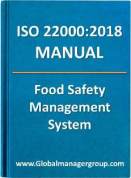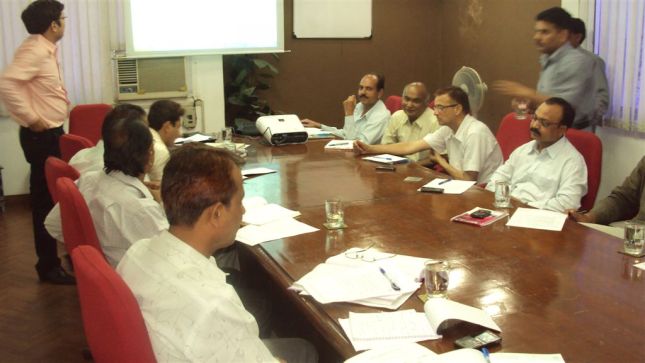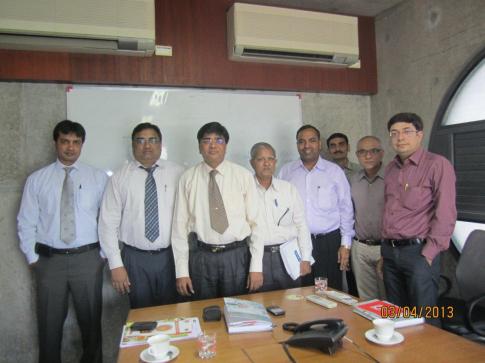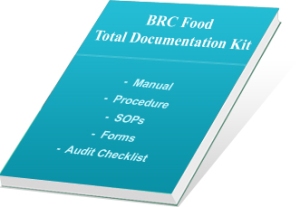The overall procedure of to becoming an ISO 22000 food safety management system certified can be daunting. ISO 22000 standards for food safety management system and certification is the buzzword for any organization to establish system oriented work culture. The manual are written in a way that most of us can just realize what they are saying and in ISO 22000 manual, it should document micro level how the activity is done in the company. Nowadays, some ISO consultants are available to assist in the ISO and other safety standards procedure. These specialists are experts in providing ISO 22000 consulting and ISO training.
Consultant role in ISO 22000 implementation:
ISO 22000 is consist of few strategic objectives which are valuable because it cut across areas like regulatory (reference to product design, production and development), technology-wise (the acquisition and use of state of the art technologies) and Food management system and food safety services. Other objectives of ISO 22000 is consistent development in food management to all areas of business of the food organization, excellent business ethic with suitable business accomplish, appropriate treatment of food safety and effective as well as efficient safety requirements.
Today, International Organization for Standardization (ISO) certification had been playing vital roles and publishing the standard as well as revising the standard. At present the latest standard is ISO 22000-2005 standards for food management system health and safety management system. So many manufacturing organizations are affianced to spring up from time to time and this requires need to get their activities sanctioned and monitored.
ISO consultants help out you to know as well as to manage new & existing standards in effective manner. Joining of qualified ISO professional can be assured you that you are properly executing the processes. ISO consultant helps you to utilize your ISO 22000 audit software programs to ISO 22000 document and execute your new program. Some ISO 22000 consulting firms also provide ISO 22000 awareness training; documentation training, internal auditor training and lead auditor training. Also good consultant follow best practices in establishing the system and Quantifiable objectives to create vibrant work culture. These in turn reduces your all cost as well as make meaningful system.
ISO 22000 consultants helps not only for gaining new one ISO 22000 certification but also helps the organization which has been already ISO 22000 certified for many years by keeping it abreast the new issues as well as standards. An ISO 22000 consultant helps your business to attain reduce risk of food safety in organization and most performance and reimbursement from your quality control standards.
Several ISO 22000 consulting firms provide individual as well as inclusive packages. The comprehensive packages consist of training for internal ISO 22000 audit, training for the implementation of ISO 22000 standards, training for ohsas documentation and training for lead auditors as well as training on goal setting and Key result areas. While you are intended to implement all these ISO standards then you must know that your management team is on board along with the changes and fully understand of the implications and importance.
ISO 22000 consultants also provide training for individual areas. Today, there are many online sources which provide ISO 22000 certification, iso 22000 pdf, food certification consulting, ISO slides for six sigma, six sigma training and more. These online source offer ISO certification for ISO 22000, ISO 9001-2008, OHSAS 18001, ISO 14001, ISO 17025, hse integrated standard, ISO 27001, BRC food safety, ISO 50001, ISO USA and more.
Advantages of ISO 22000 Certification and consulting
- Assists your business to build customers trust as well as confidence in the company and its food products.
- ISO certified company is more able to control the organization resources like input, transforming and output resources.
- It provides approach of ‘input-transforming-output’ process that will enhance organization’s monitoring as well as control strategy in reference to quality and other matters.
- Helps your business to reduce loss which may consequence as a result of producing goods that could not meet customers’ specification or below industrial or international standard(s).
- It helps for ensuring as well as keeping the organization focus in provisions of standard & quality.
- It underlines on proper documentation and product design which is requirement to build a strong company in terms of policy as well as strategies.
- It refines your processes as well as makes target oriented work culture.
Organizations which considering enchanting the ISO 22000 plunge, for them an overview class on standards, certifications and regulations are tremendous place to start. By attending the ISO training courses, you can get enormous amount of knowledge as well as idea of what the process entails.
You have to choose an ISO consulting firm as per your company’s particular needs. The good consulting firms provide readymade document packages including ISO 22000 manual, procedures, forms, standard operating procedures, templates and audit checklist. Some ISO consulting firms are dedicated to create individual training programs that specific to your company. These ISO consulting firms develop a comprehensive plan that meets goals of your business. Few ISO consulting firms are engaged in to offer only generic or per-packaged training and advice.
Global Manager Group stands with mission and purpose to assist food organizations for achieving business excellence with help of the ISO 22000 standard implementation as well as improvement of the business system. Also provides iso 22000 certification training and iso 22000 manual, iso 22000 templates as well as other ISO standards documents and training presentation.
 The ISO 22000:2018 Manual must clearly define the scope of the food safety management system where food safety manual provides an overview of the food safety management system. The ISO 22000:2018 Manual establishes and states the policies governing the company’s food safety management system. These policies define management’s arrangements for managing operations and activities in accordance with ISO 22000:2018. These top-level policies represent the plans or protocols for achieving food safety, quality assurance and customer satisfaction.
The ISO 22000:2018 Manual must clearly define the scope of the food safety management system where food safety manual provides an overview of the food safety management system. The ISO 22000:2018 Manual establishes and states the policies governing the company’s food safety management system. These policies define management’s arrangements for managing operations and activities in accordance with ISO 22000:2018. These top-level policies represent the plans or protocols for achieving food safety, quality assurance and customer satisfaction.







